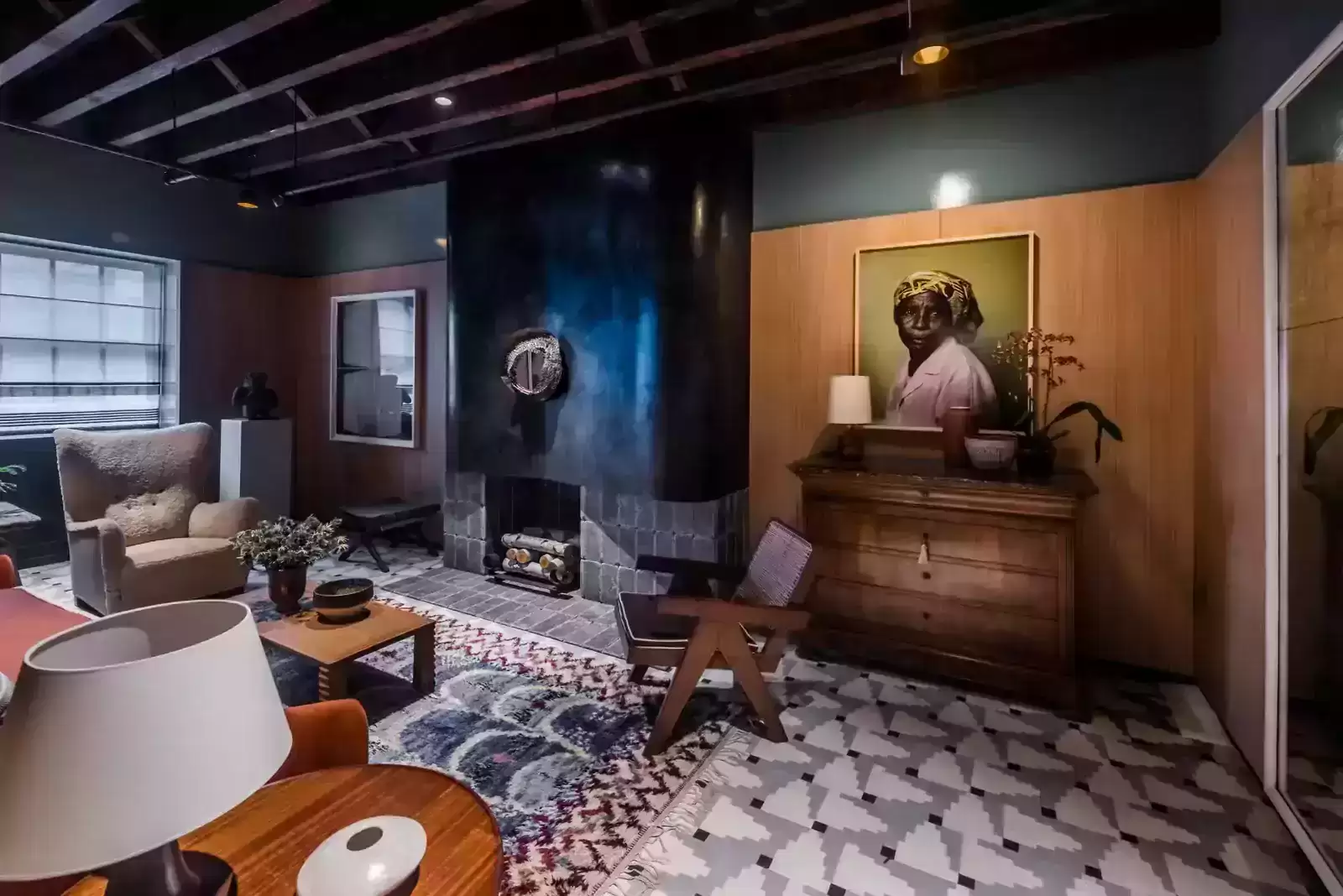The world of interior design is never short of options – perhaps we’ve never had better access to a range of raw materials and technologically advanced surfaces –
But sometimes the most interesting choices are right under our noses.
As in, on the shelves at your hardware store, as proven by some of the best companies in the business,
What is generally thought of as cheap building materials (plywood, cinder blocks, etc.) can actually be made charming if offered.
Below, eight inexpensive raw materials that can change the look and feel of your home—for the better.

plywood
While technically unimpressive – it’s a collection of glued-together sheets of wood veneer – plywood is actually phenomenal:
Each layer is shifted 90 degrees to increase durability, and an odd number of them together reduce warping.
Plus, they look nice and cost less, and can be a smart choice for designing built-ins and shelving without the price tag of a finer grain.
poured concrete
Cast and paneled concrete might be the most obvious options, but everyday cinder blocks can also lend a sophisticated industrial effect to walls and floors—just check Goop’s LA offices for proof.
The trick is simply not to paint it with shiny paint, which would look more ’90s high school than ‘warehouse chic’.

Acoustic tiles
Acoustic tiles are primarily prized for their ability to absorb and transform sound,
and they are also a kind of modification and exquisite appearance.
And the team at Float Studio — budding designers looking
for high-end office space on a budget — has used it.
To plaster the walls of a few phone booths inside the office,
which have been left unpainted for visual impact.

wax
For a water-based yet protective finish on any construction-grade plaster,
try waxing the way Neil Beckstead used the massive,
rippling black fireplace in his room at the 2017 Kips Bay show.
No polish will give you such a polished look,
the stone I use around the fireplace is crumbled Belgian limestone –
proof that high and low always win.

Cork
Not just for framing and covering with ribbons from your teen’s swim meet,
Cork sheets can also be used to add a visible textured surface to floors and walls
(And these days you can also find them pre-made as a wall covering.)

steel sheets
Available in a wide range of gauges and finishes, sheet steel can be formed into doors, counter tops, walls, and the like.
For more architectural news
Measurements and specifications of tiles and ceramics in interior design


 العربية
العربية